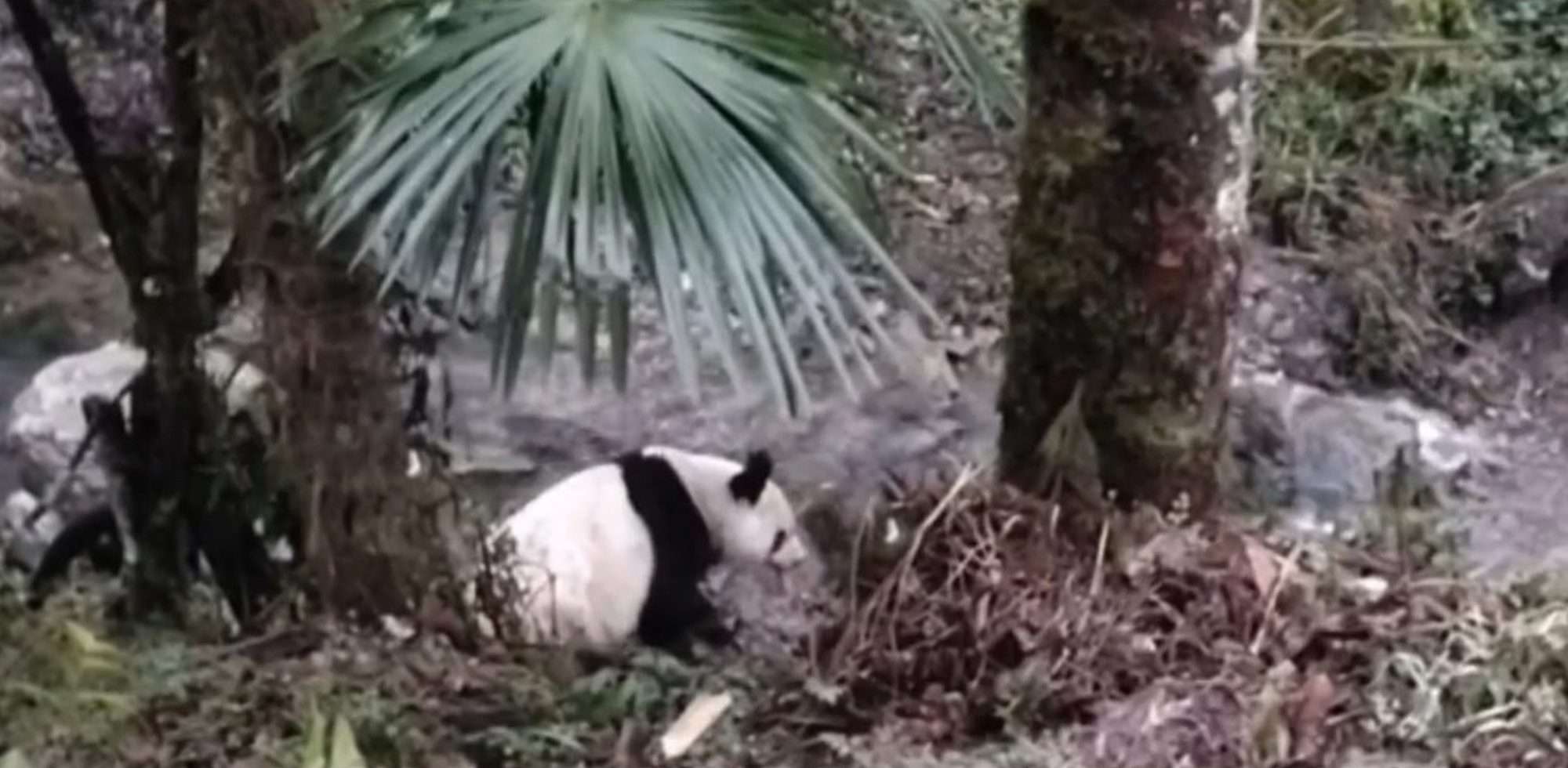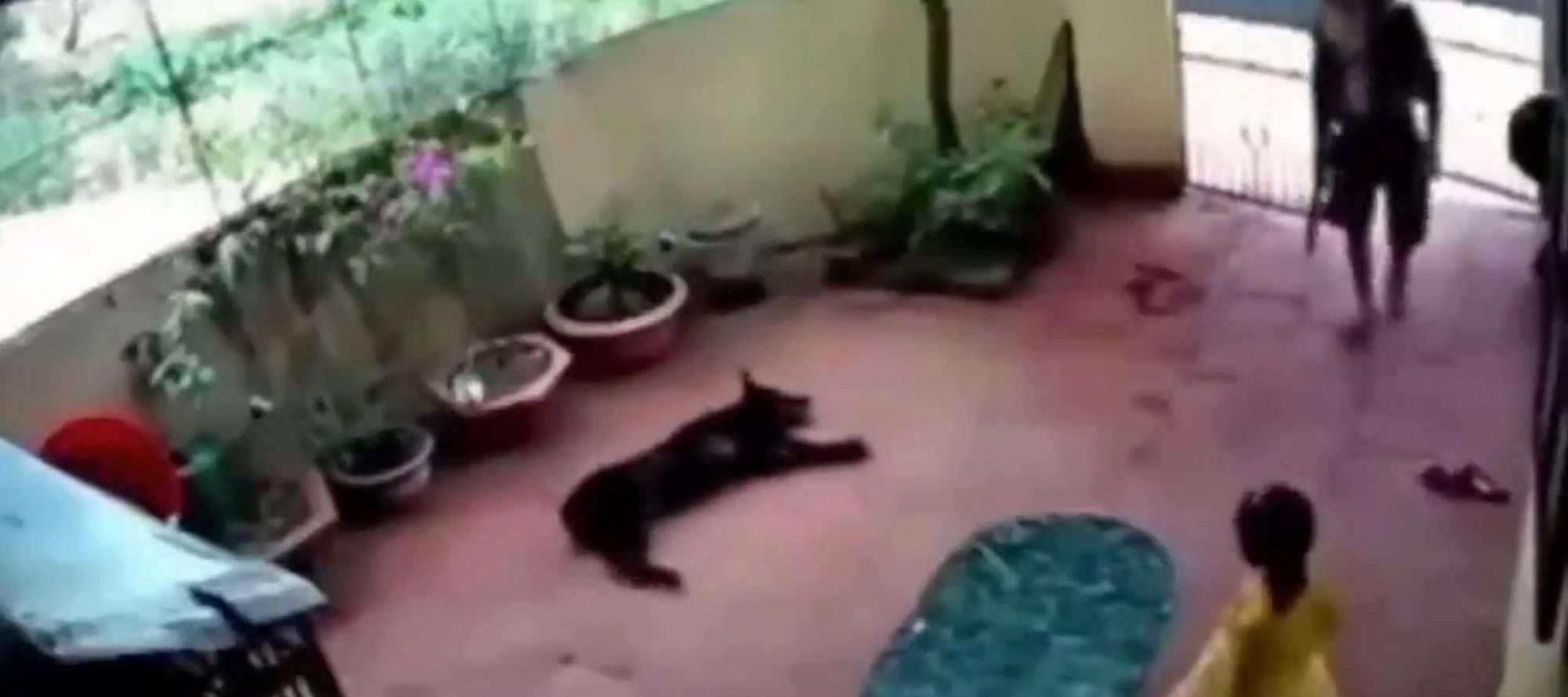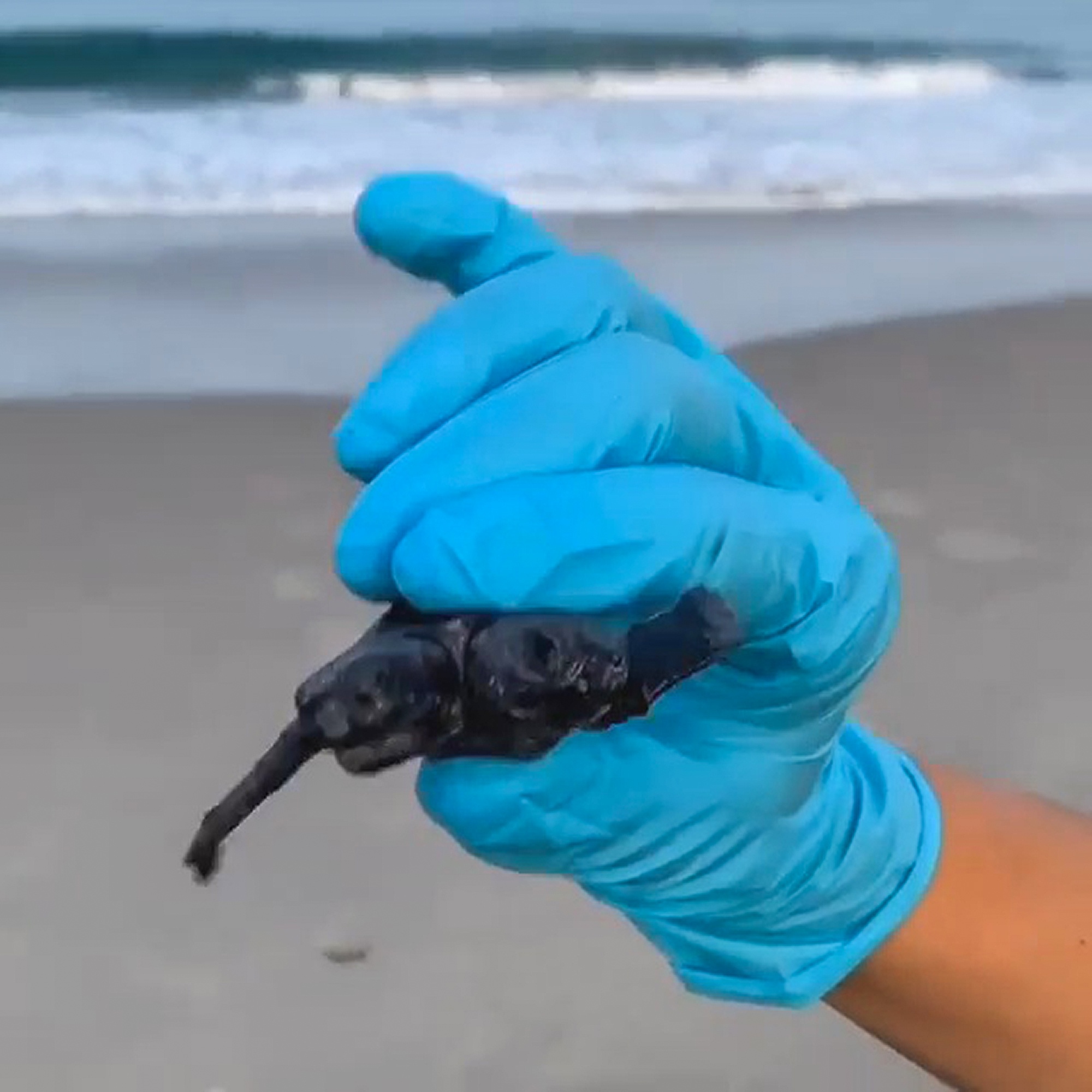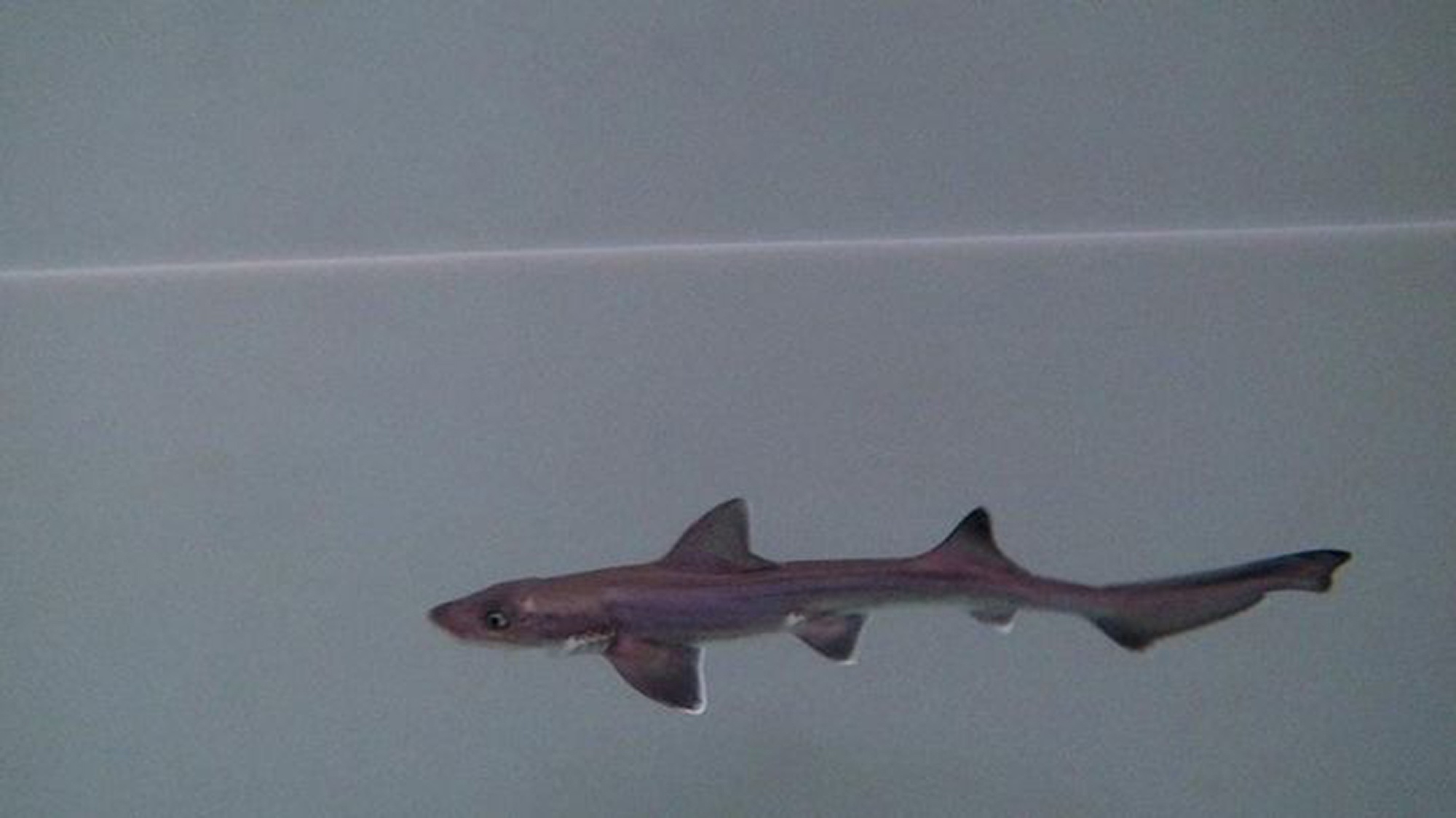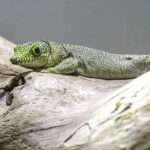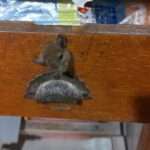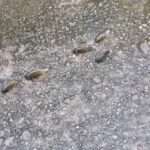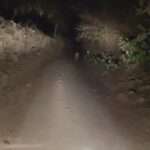This is the tender moment a jaguar shows her motherly affection by breastfeeding her cubs which has touched researchers.
The rare videos were recorded in the largest Private Natural Heritage Reserve in Brazil, the RPPN Sesc Pantanal, located in the municipality of Barao de Melgaco, in the Brazilian state of Mato Grosso.
The 10-second-long videos show the interaction between a jaguar and her two cubs, with games, affection and breastfeeding.
In the video series, the jaguar chooses a place with dry leaves, ideal for camouflage and then returns with the two cubs, who explore the space, play with each other, with a branch and with their mother too.
There is an exchange of affection between the animals and then the female lies down to breastfeed the puppies.
The cubs, which appear to be between five and six months old, then sleep after they were fed.
According to the biologist and general manager of the Polo Socioambiental Sesc Pantanal. Cristina Cuiabalia, the videos are rare for two reasons.
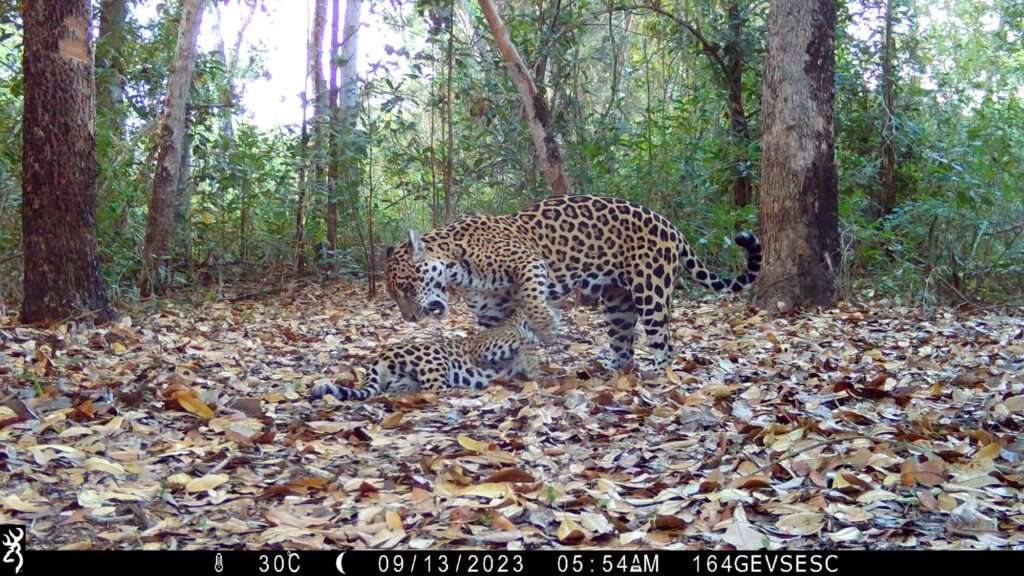
First, because the jaguar chooses, in the extension of the RPPN equivalent to 108 thousand football fields. A space in front of the camera.
And second, because of the breastfeeding scene, a moment that reflects the success in conserving the area where key species such as the jaguar find good living conditions.
She said in a statement obtained by Newsflash. “The research is long-term and began in 2018, with different phases to date.
Newborn Jaguars Snuggle Up To Mum In Adorable New Clips
“Currently, the objective is to estimate the size of the jaguar population in the Reserve and understand how movement occurs in each water cycle (dry and flood), which has changed in recent years.
“Finding a rare scene like this of breastfeeding is a great joy, as it demonstrates that this area is safe and suitable for the perpetuation of the species, present on the list of animals threatened with extinction.”
The largest carnivore in South America, the third largest feline in the world and the only representative of the genus Panthera (made up of lions, leopards and tigers) on the American continent. The jaguar needs extensive areas and good quality habitat to survive.
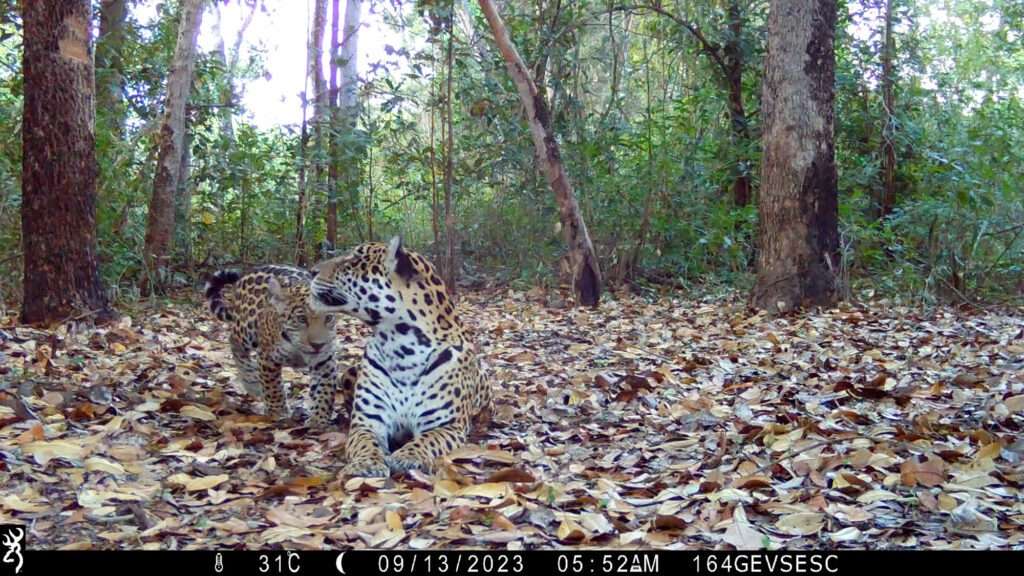
According to the National Centre for Research and Conservation of Carnivorous Mammals (CENAP), estimates indicate that 50 per cent of the world’s total jaguar population are in Brazil. Distributed across different biomes: Amazon, Pantanal, Cerrado, Atlantic Forest and Caatinga.
The Sesc Pantanal said in the statement obtained by Newsflash: “The study called ‘Jaguars and jaguars in a mosaic of wetlands in Mato Grosso: perspectives from the RPPN Sesc Pantanal and surrounding areas – Barao de Melgaco and Pocone. MT’ is carried out by the Polo Socioambiental Sesc Pantanal in partnership with the National Museum. Federal University of Rio de Janeiro, with the collaboration of researchers from the Wildlife Study Group (GEVS).
Big Cat Tries To Climb Out Of Zoo Enclosure
“The camera traps were distributed every 2.8 km, in the form of a grid, covering a vast area of the Reserve. Which makes it possible to evaluate the use of space by various species, including potential jaguar prey.
“With the equipment, the purpose is to monitor the area during dry and flood periods.”
According to GEVS researcher, Gabriela Schuck, the simultaneous use of cameras allows the assessment of prey abundance, type of vegetation, proximity to bodies of water and use of roads by felines.
She said: “This information is important to produce knowledge, which contributes as a conservation tool. With research, we were able to protect these animals and the space where they live.”

RPPN Sesc Pantanal ranger, Alesandro Amorim, says that footprints are the main indicators of the presence of jaguars in the areas.
He said: “The existing roads in the RPPN are used for the rapid movement of jaguars, but we went further.
“We covered more than 600 kilometres of trails to obtain these unprecedented records. A job that requires a lot of effort from the entire team and it was worth it.”

